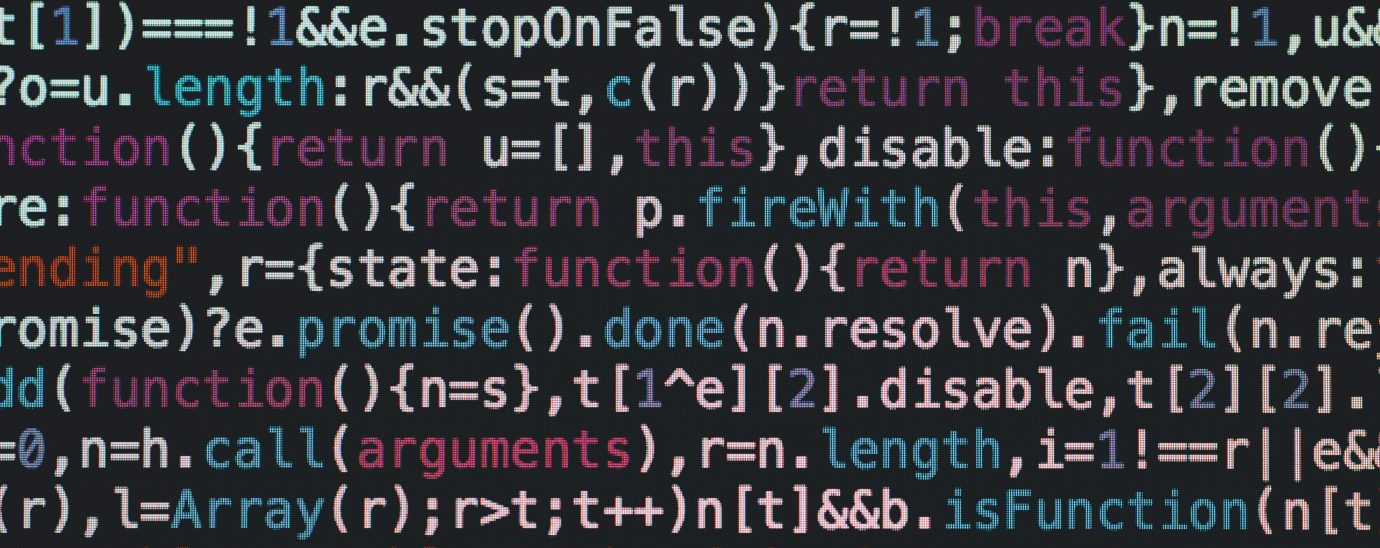Low-code, no-code: What is it? Could it be the answer to bridging the digital skills gap?

Tony Lysak, Founder and CEO, The Software Institute, looks at the role of low code and its potential to bridge the mounting digital skills gap.
Amid a challenging economic climate in which businesses are already suffering from increased pandemic-related talent shortages, the need to address the digital skills gap remains an immediate priority. If not addressed, the gap will continue to widen quickly, which is hugely problematic for the 60% of businesses that believe their reliance on specialist digital skills is only set to increase over the next five years.
It’s true; the skills gap will be an ever-present challenge. This is due to the simple fact that technology is constantly evolving. With many businesses hurrying through digital transformation strategies due to the pandemic, vacancies for 1 million digital experts, and 35% of workers lacking digital skills, the need for highly skilled talent is reaching a never-before-seen peak.
So, how can we bridge the gap? How do you encourage graduates with a Bachelor of Arts degree in history or Spanish to enter a career in computer programming?
That is the big question – but this is where low-code and no-code trends step in, offering an accessible entry point for those who are less mathematically or algorithmically advanced or experienced, which is a factor putting many off of specialising their skill set for lucrative software roles.
Low-code and no-code trends have rapidly risen over the pandemic to fill the need for digital transformation amidst limited developer availability. Companies are now turning to low-code and no-code solutions to rectify the imbalance between the ever-growing demand for software development and the shortage of skilled developers currently in the market.
Software companies like Pega or Tanium, have created these no-code and low-code solutions to accelerate the development process, meaning those with very little experience can take advantage of the technology and quickly build applications without having to be a programming expert. With platforms like these, graduates with minimal digital skills can simply learn to code with a platform that automates and streamlines the more technical development process.
The hope is that with these no-code and low-code approaches, graduates without any prior knowledge in programming are empowered to get into the software development industry. Instead of spending years studying programming languages and constantly needing to keep up to date with the latest frameworks, the whole software development process can be reduced to a series of easy steps, including drag-and-drop editors and code generators. In fact, Pega is rapidly advancing its platform with graphical workflow that allows for faster and more efficient ways to program.
Gartner reports that 77% of business technologists now use a combination of automation, integration, application development or data science and AI tools in their daily work. And, with a strong interest in this automated low-code and no-code development solutions, platforms have become increasingly sophisticated, allowing those with minimal digital skills to programme the most advanced applications or websites under the mask of user-friendly abstractions. As opposed to relying on traditional programming and laborious reuse of code, simplified platforms open up coding to anyone across the business without advanced developer skills to design and build software.
Low-code and no-code approaches are mutually beneficial to corporates and graduates alike. Graduates are able to step into the world of software development without any experience, filling the ever-growing digital skills gap we are currently faced with. And, corporations can take an idea and use minimal resources to launch it very quickly. Instead of building an internal team of designers and developers or outsourcing to an agency, organisations are able to simply train their staff on a platform that automates the processes – meaning they can develop and deploy more digital products in less time with fewer resources needed for training.
There are, of course, many questions being asked as to whether these trends will replace the need for highly skilled Software Engineers altogether. The answer is no – there will always be a need for Software Engineers, algorithmic mathematicians and people who truly understand code will be needed to build these new services. As Microsoft has recognised, we will always need engineers – just at a slightly lower ratio than previously thought as we democratise coding by making it more accessible to more people with a lower natural aptitude for programming. In fact, 92% of experienced IT leaders have admitted that they feel comfortable with businesses leveraging low-code tools moving forward, given the demand for it and the need to spread a heavy workload. The model will not be complete without engineers, it will always be hybrid to some extent but ultimately, it will provide faster and more efficient deployment of applications.
READ MORE:
- Power to the people: automating with low code
- The low code conundrum and its impact on business operations
- New Salesforce innovations empower creators to build apps with low code
- How to make low-code platforms more effective for the enterprise
In summary, with reports suggesting the global low-code development platform market is to generate revenue of $187 billion by 2030, it looks as though these no-code and low-code tools are here to stay. With no-code and low-code paradigms that use highly visual tools, the technology can be easily adopted, and there is a much faster entry point for graduates looking to get into software development. Whilst there will always be a digital skills gap, low-code and no-code solutions will definitely be instrumental in helping to bridge the skills gap, the key to the UK’s post-pandemic recovery.
For more news from Top Business Tech, don’t forget to subscribe to our daily bulletin!
